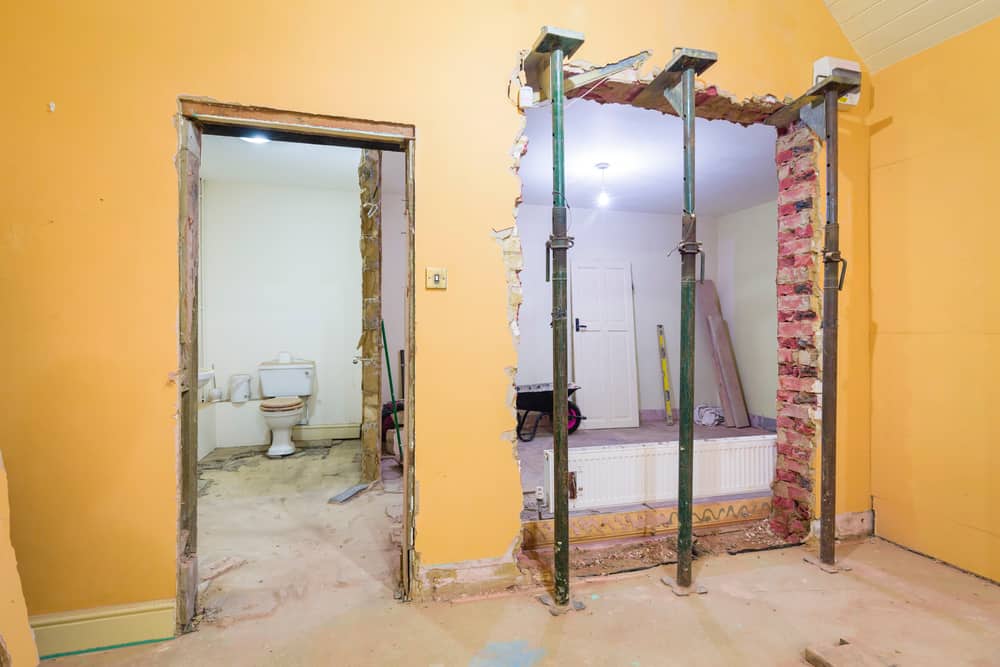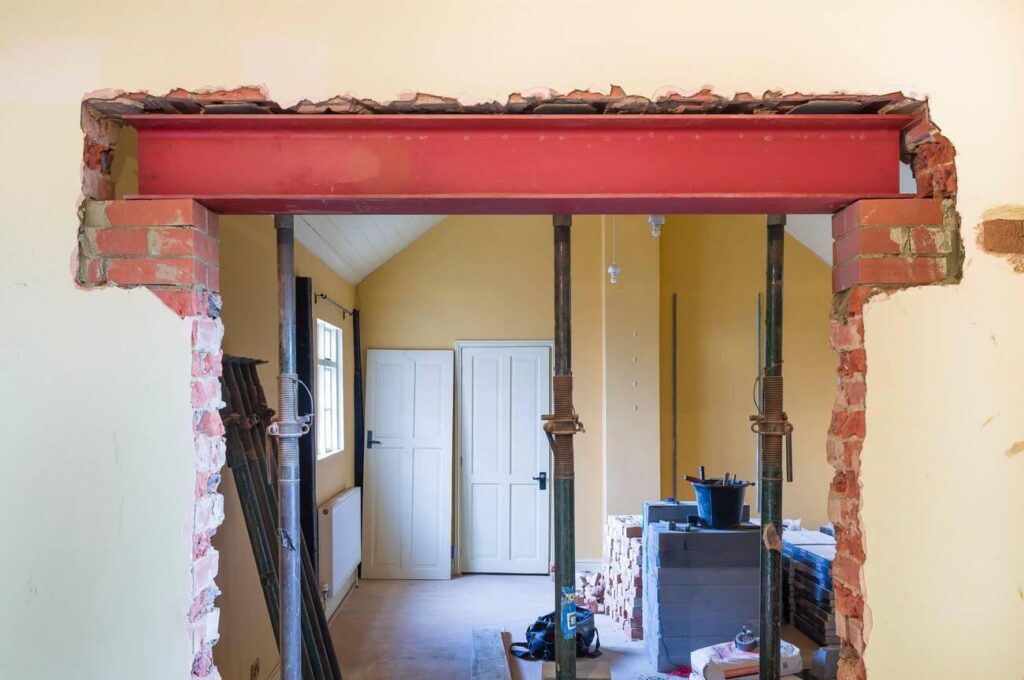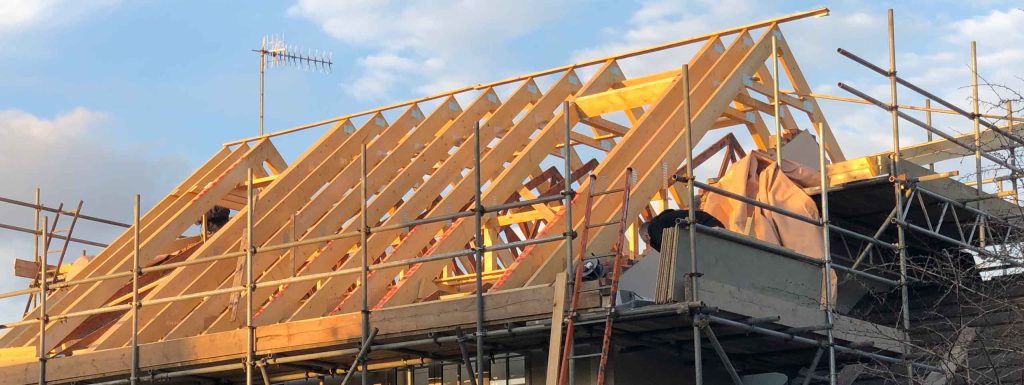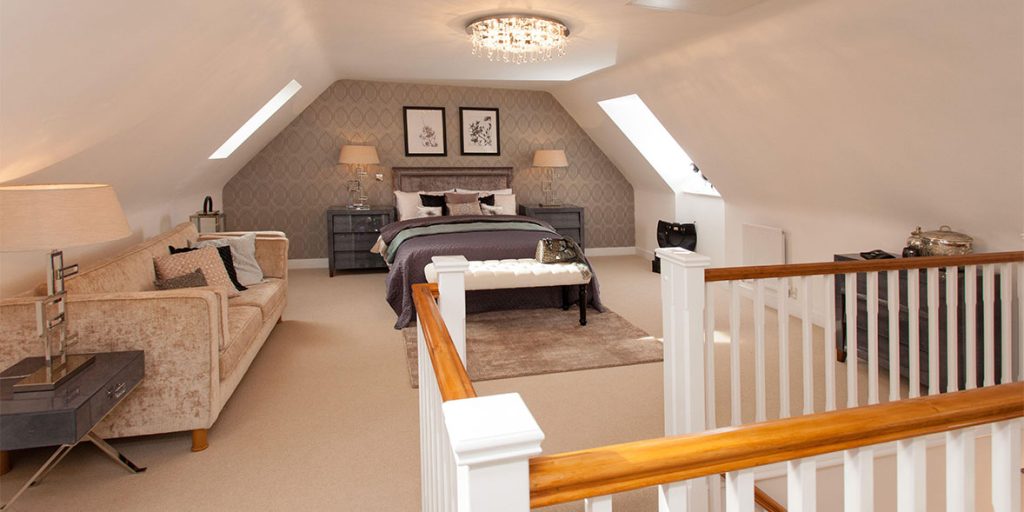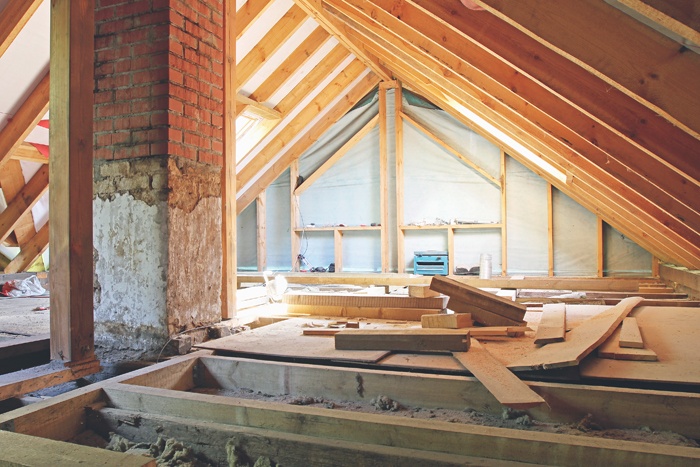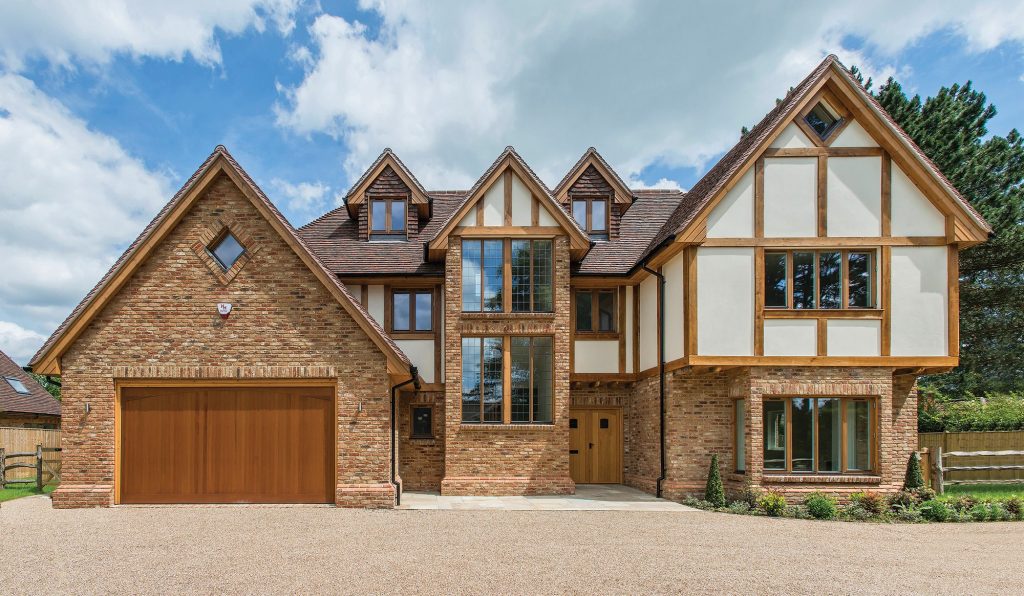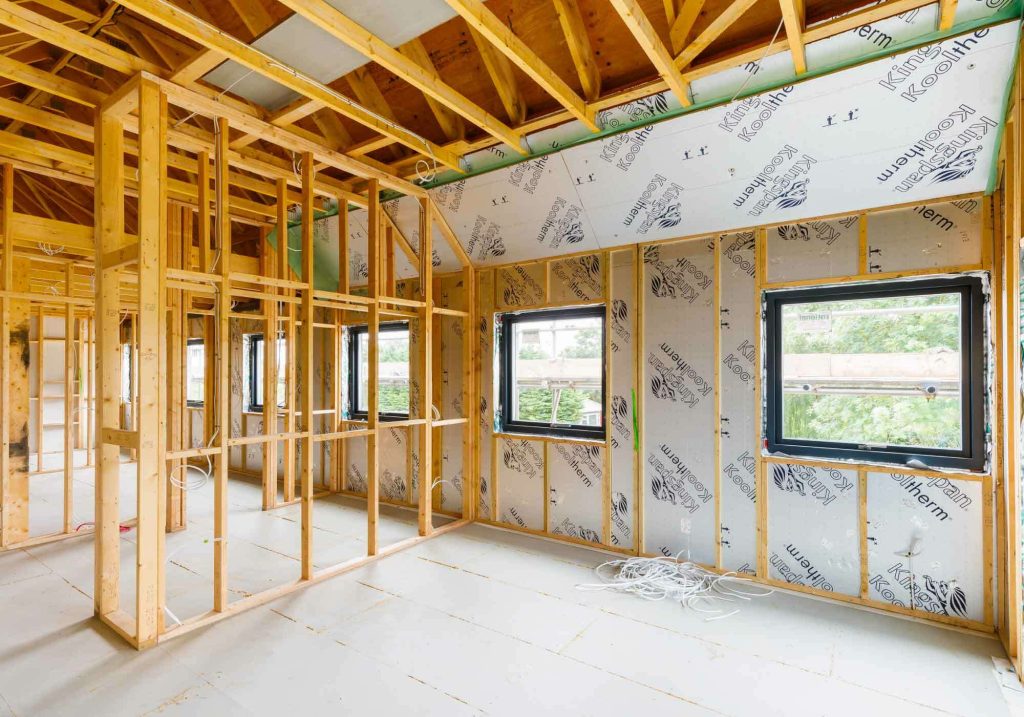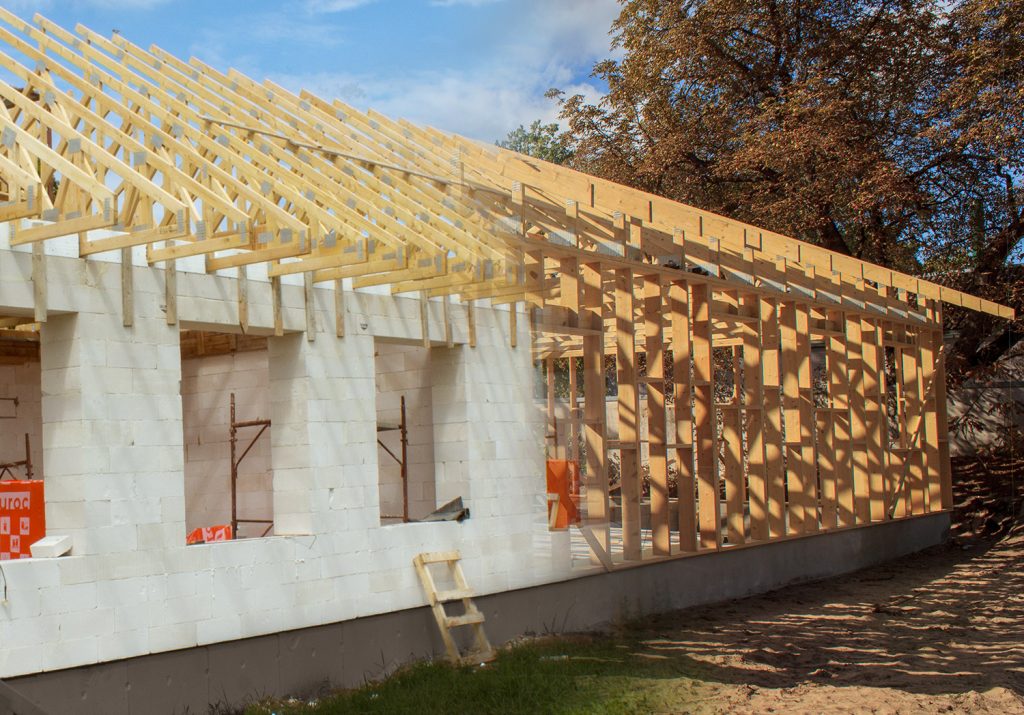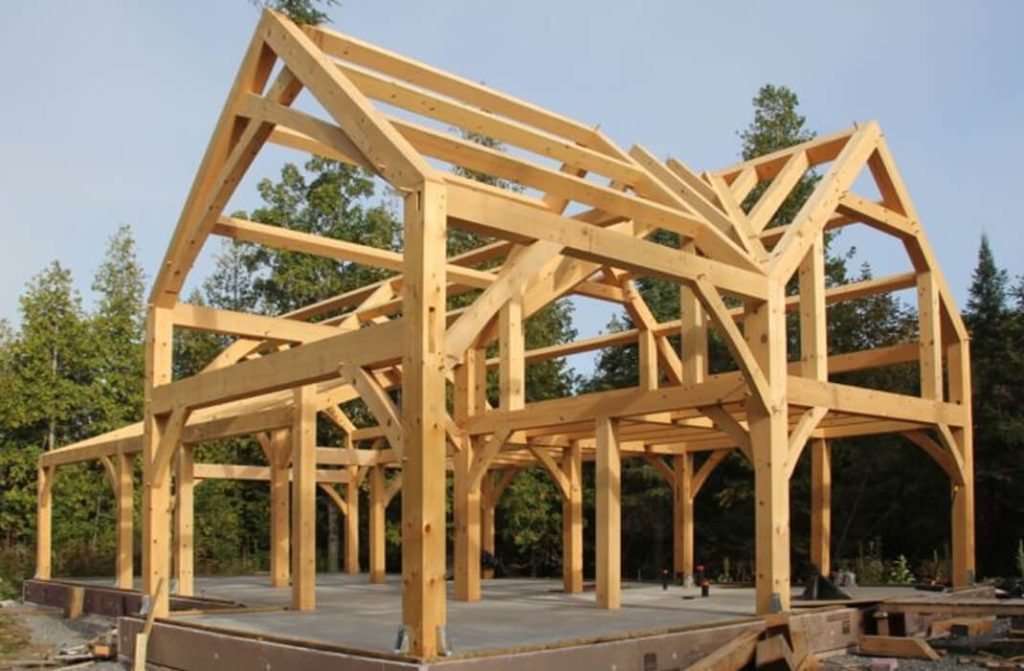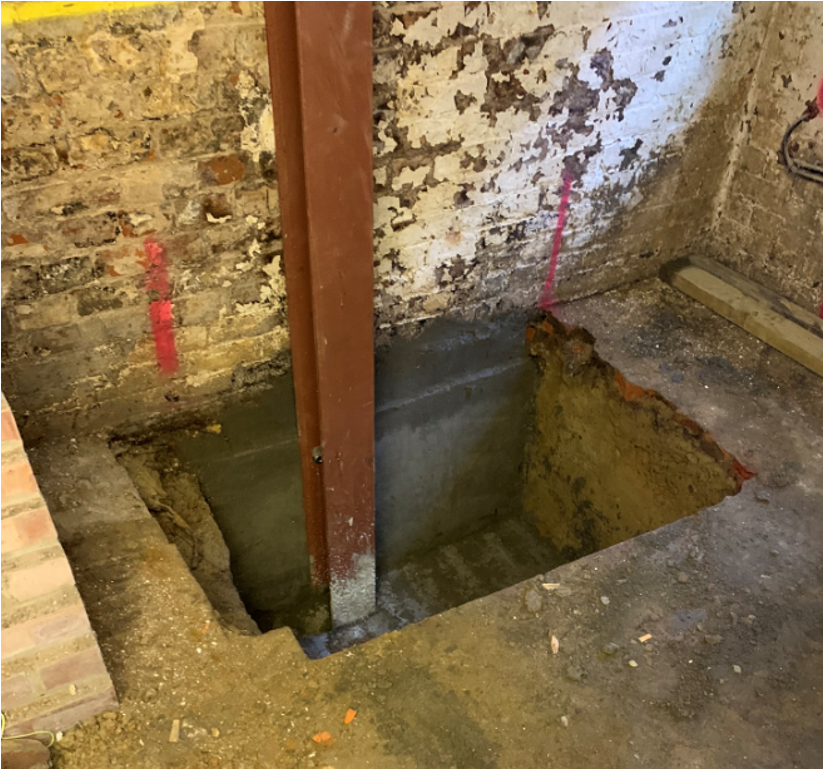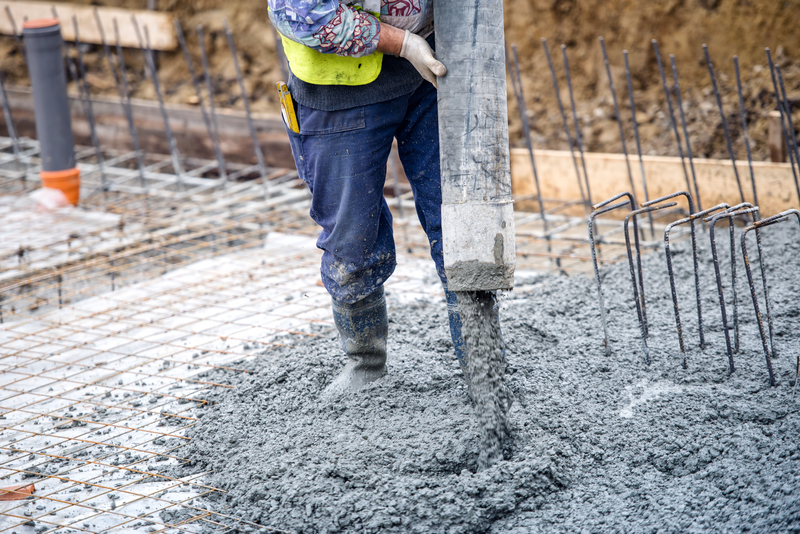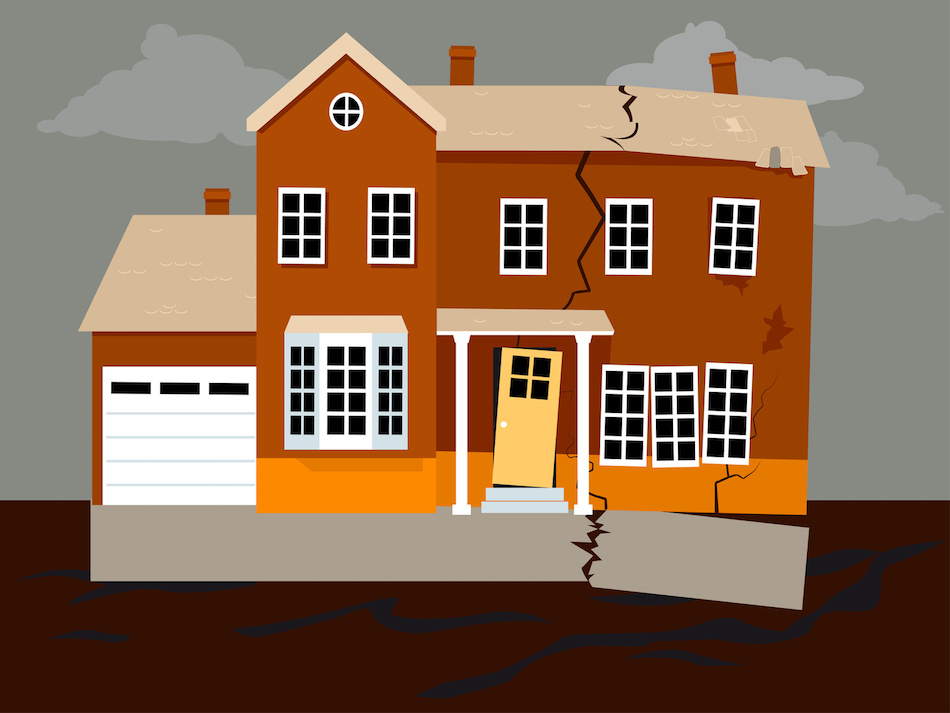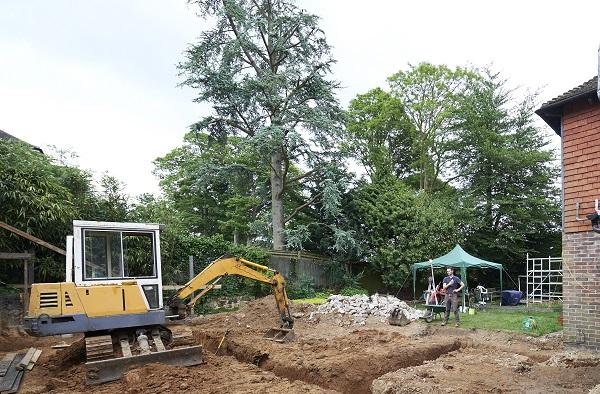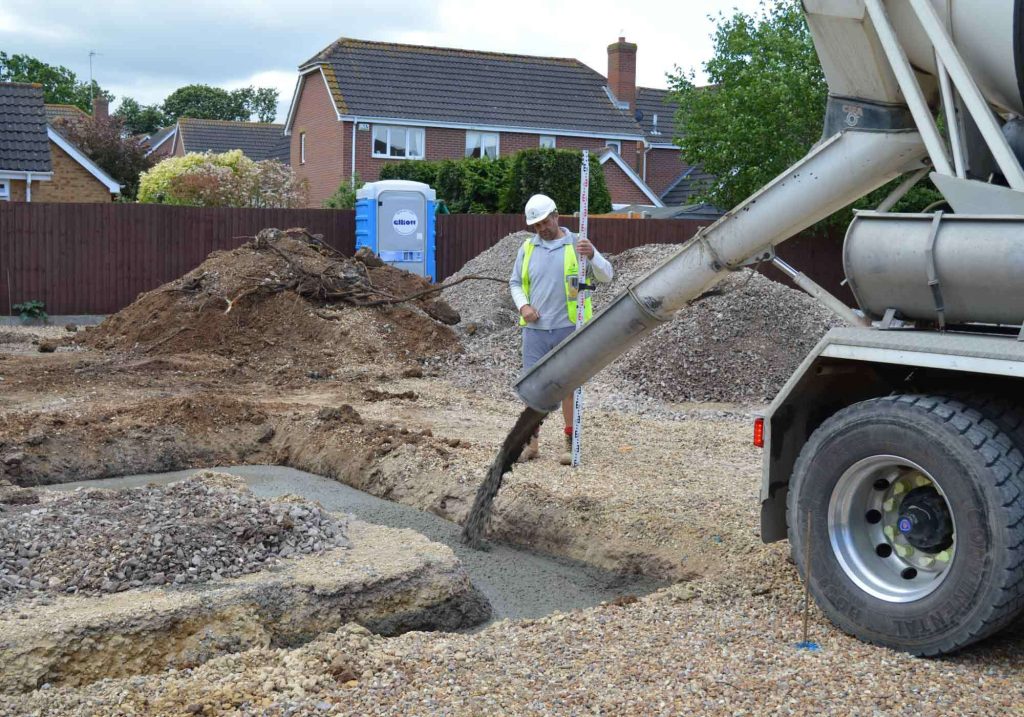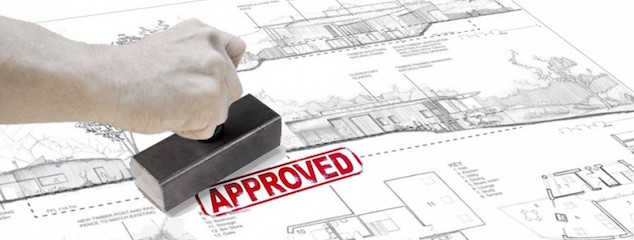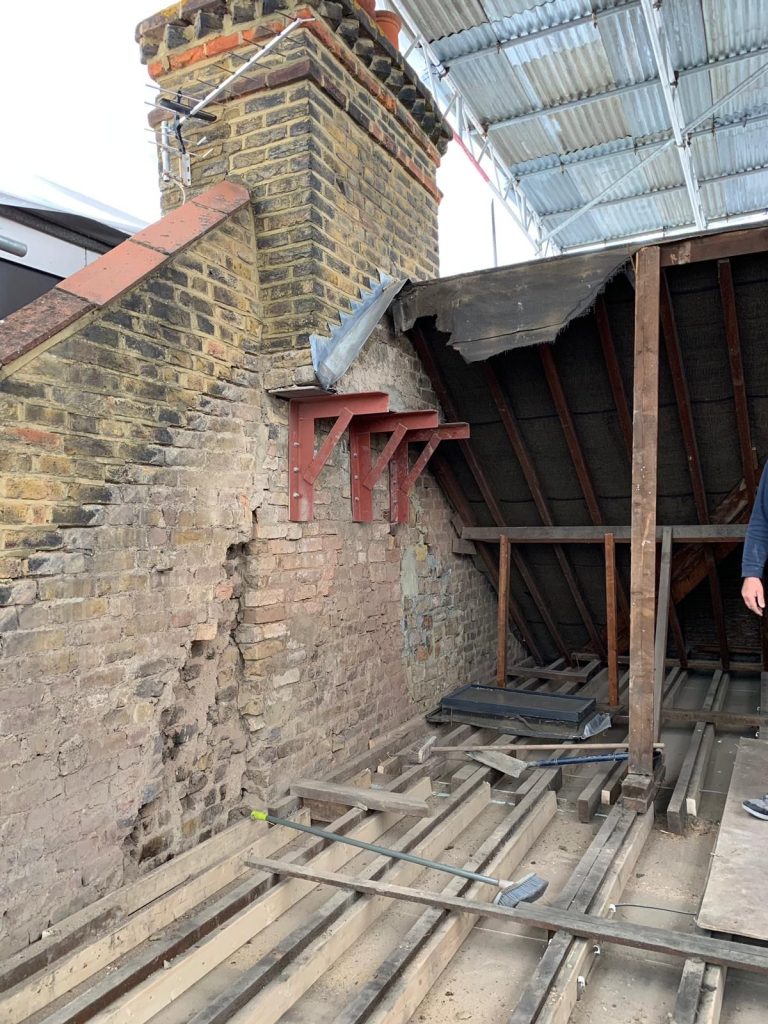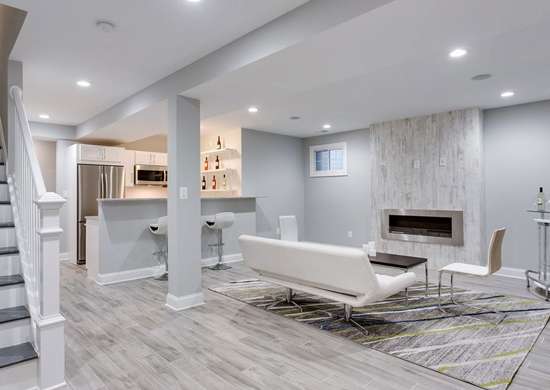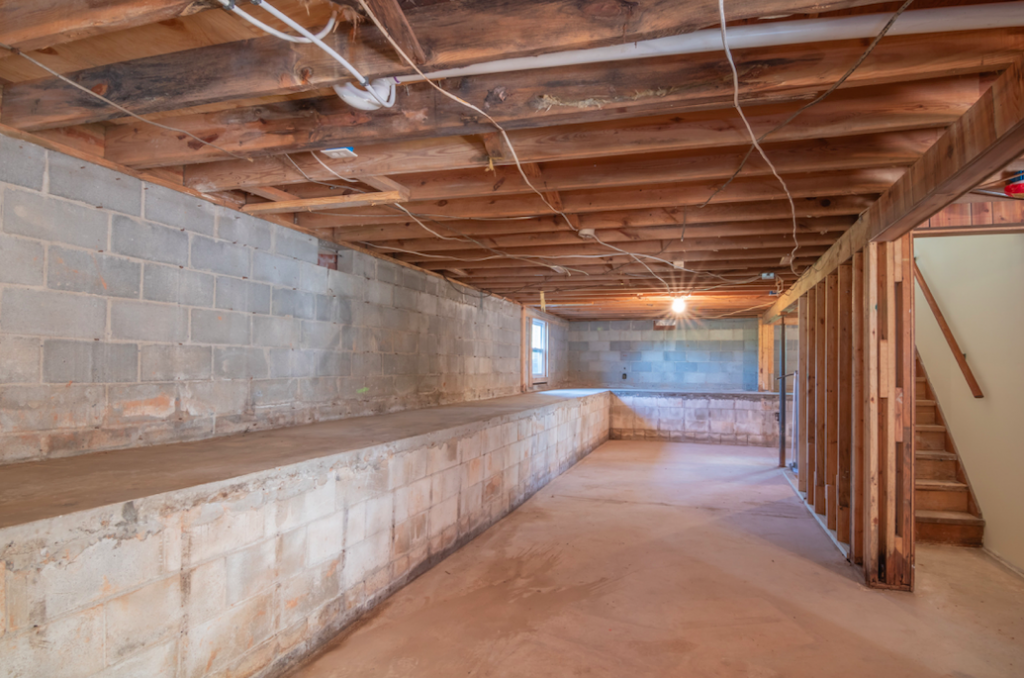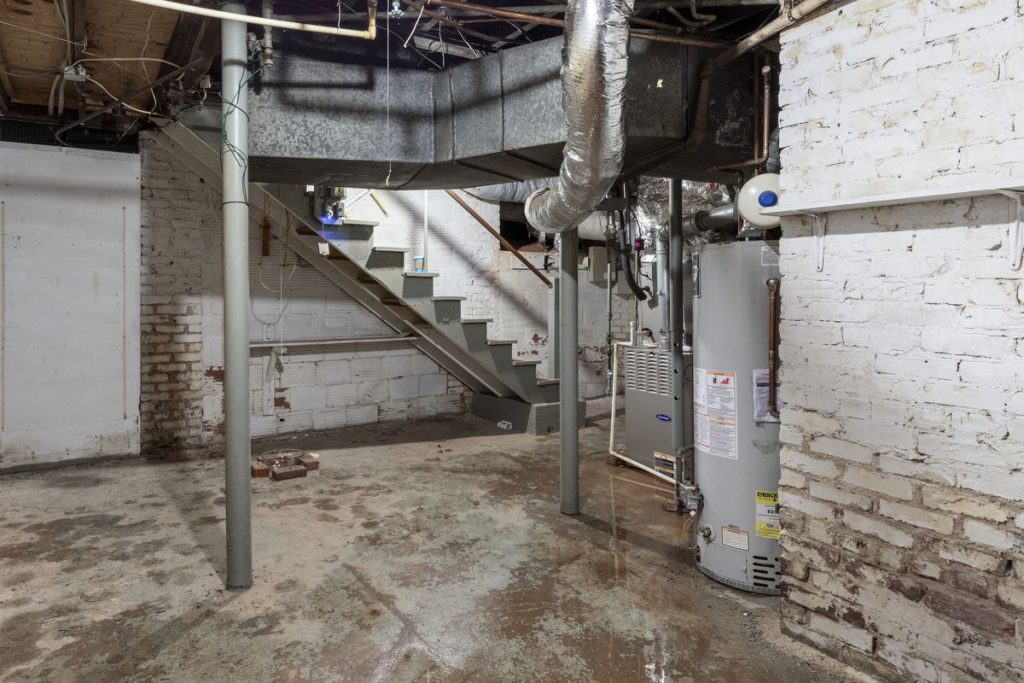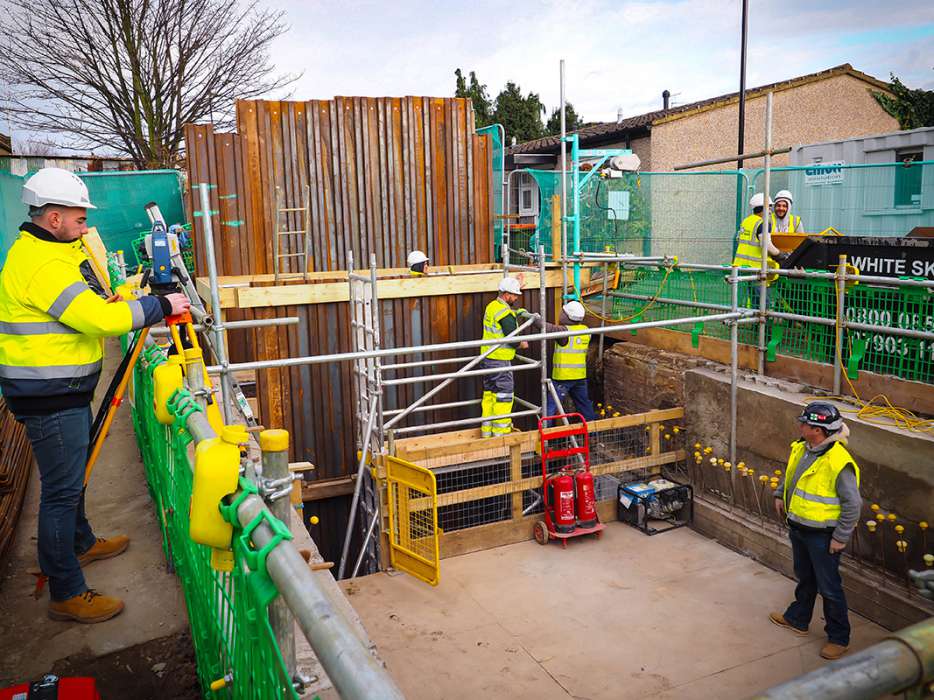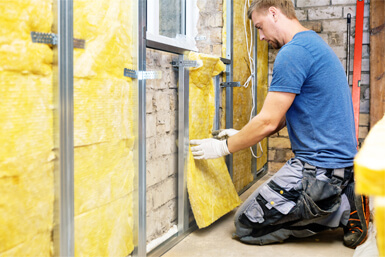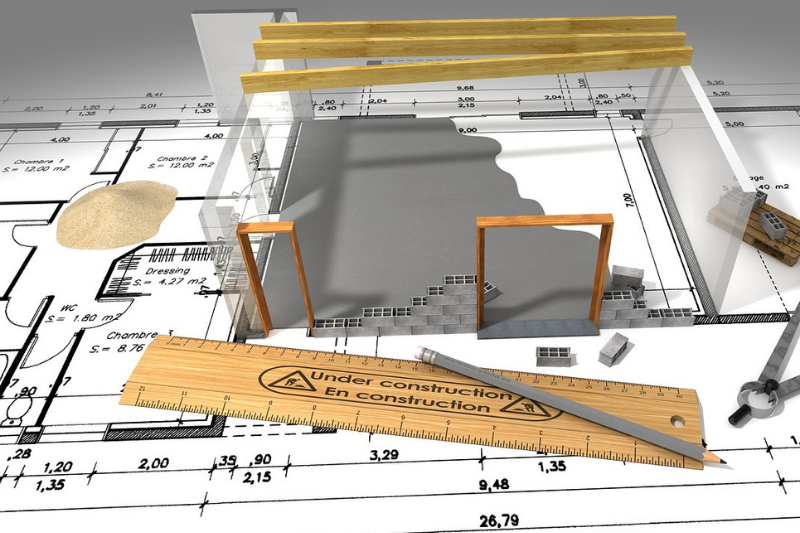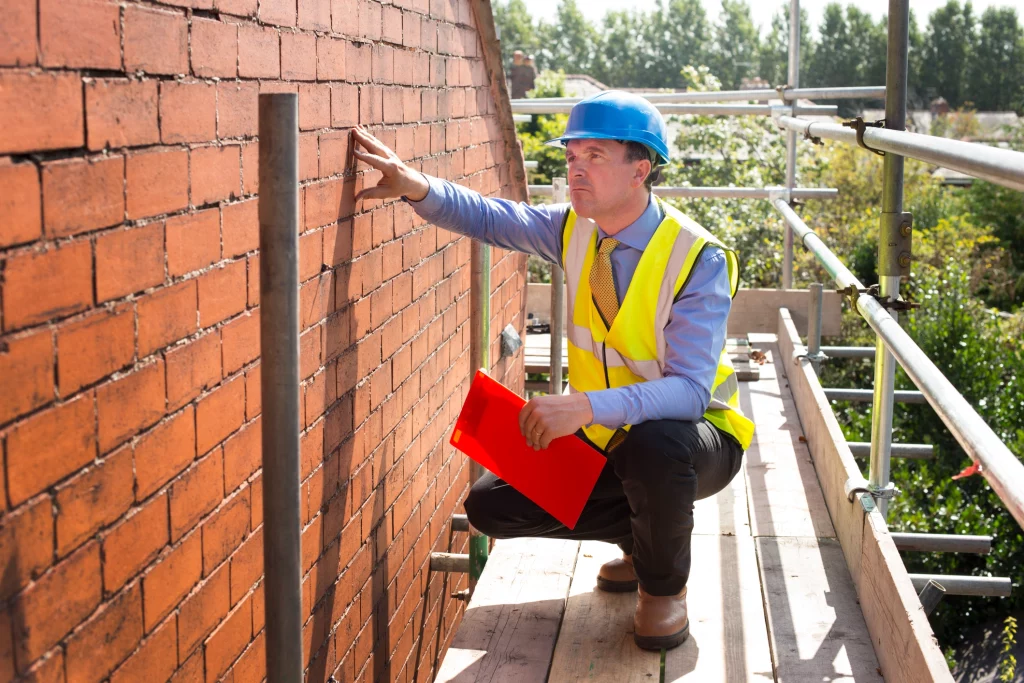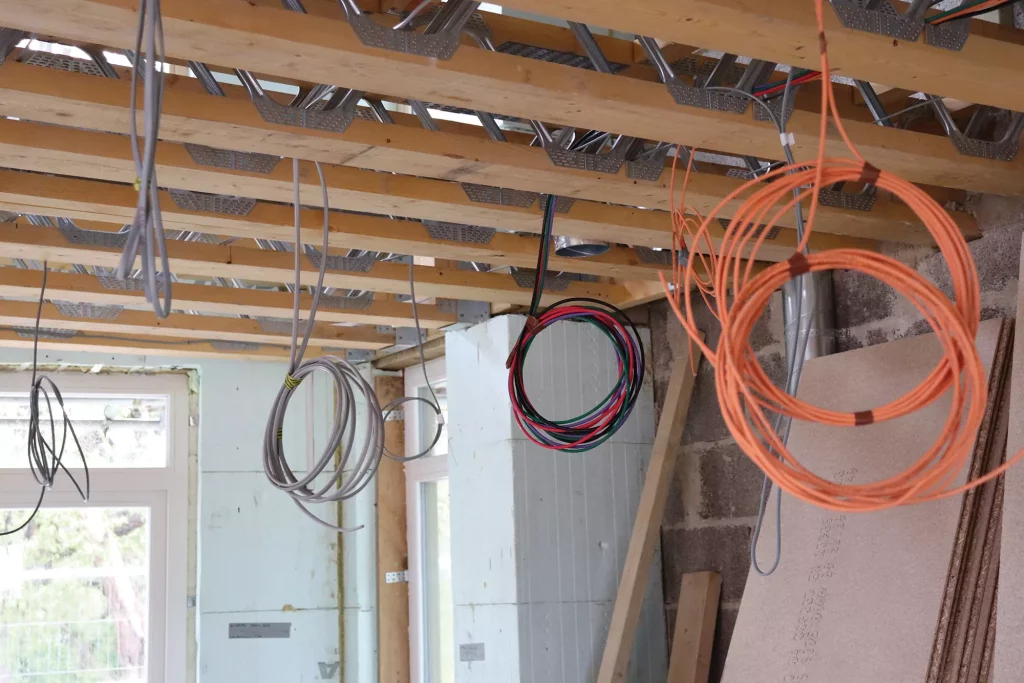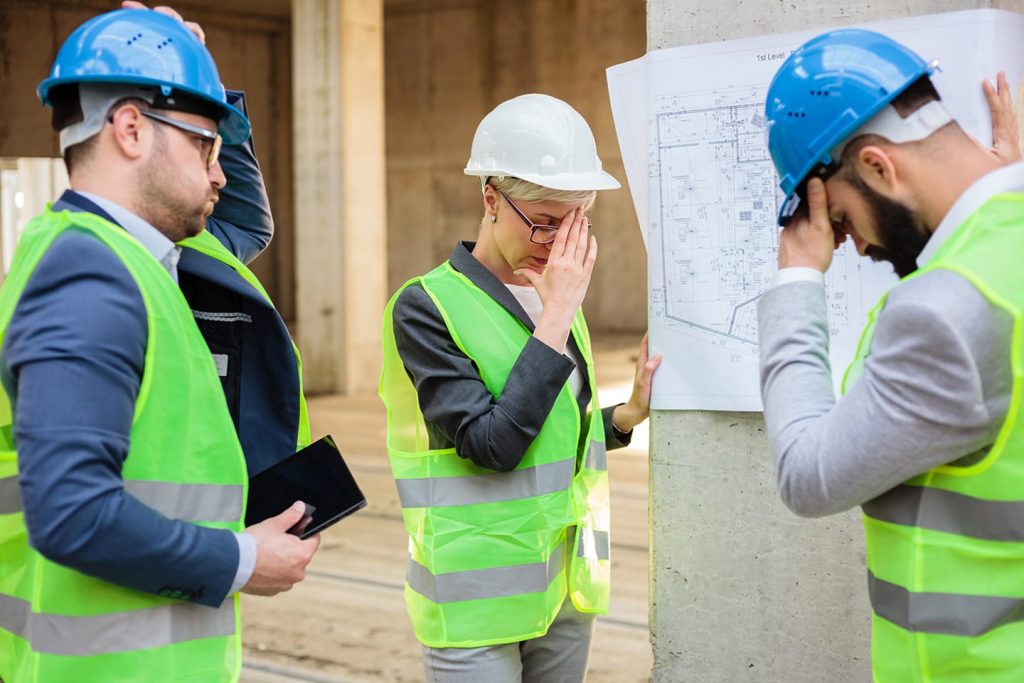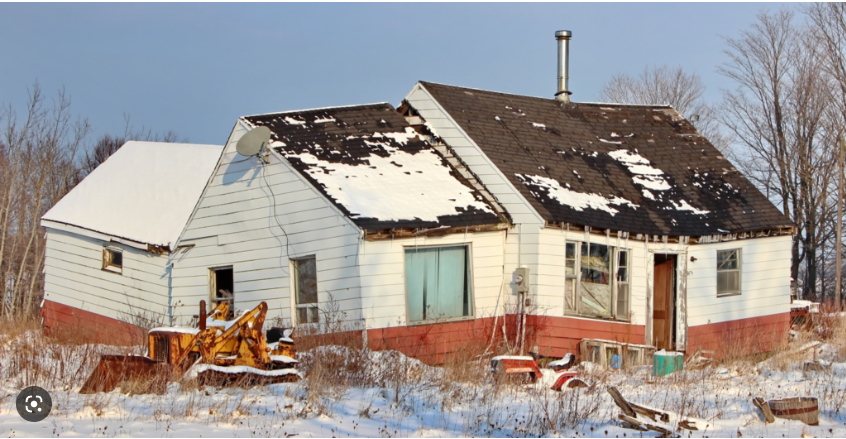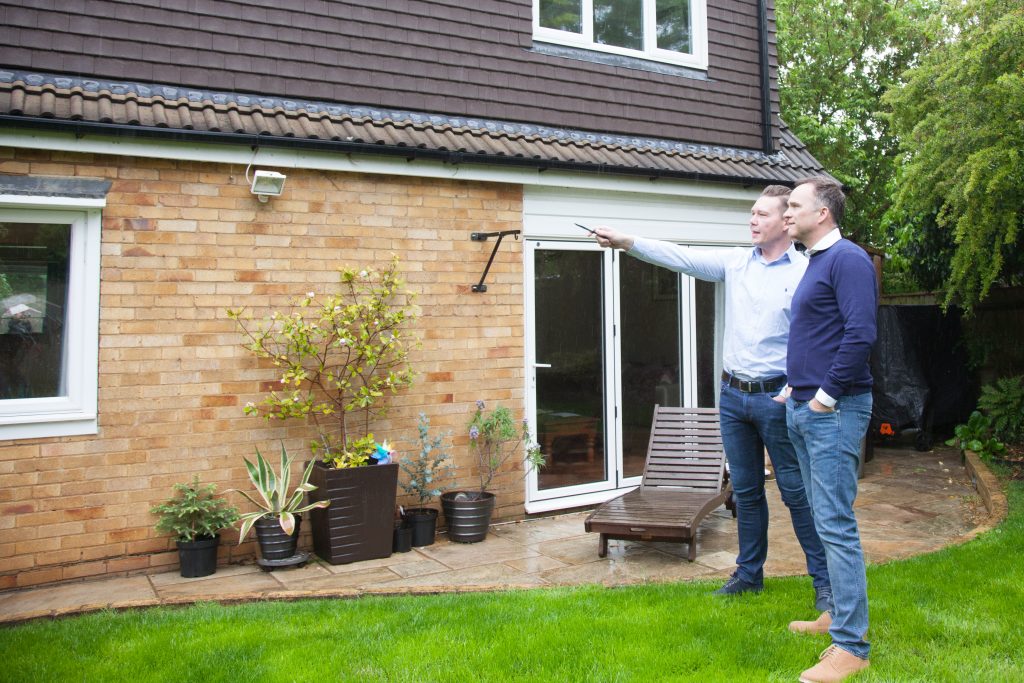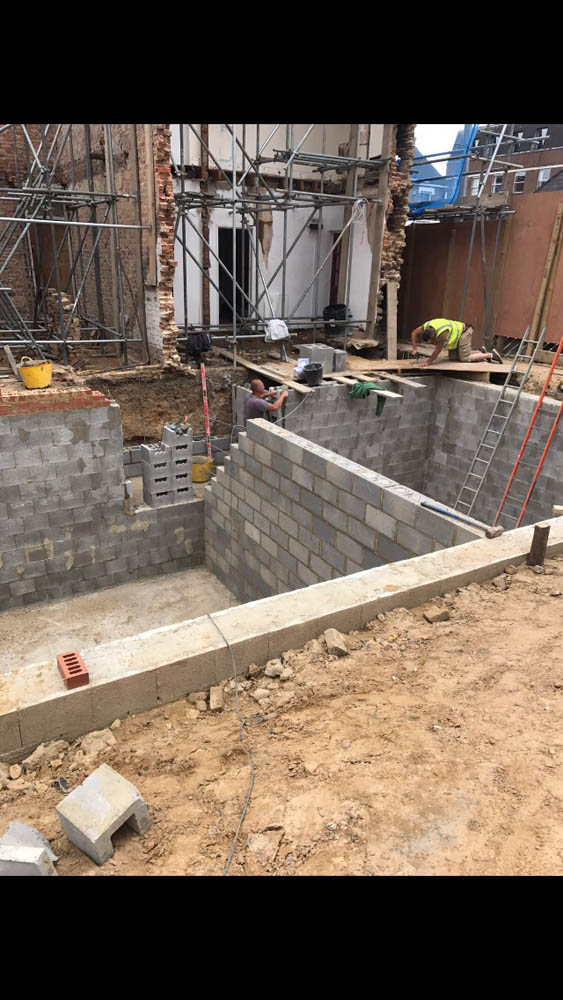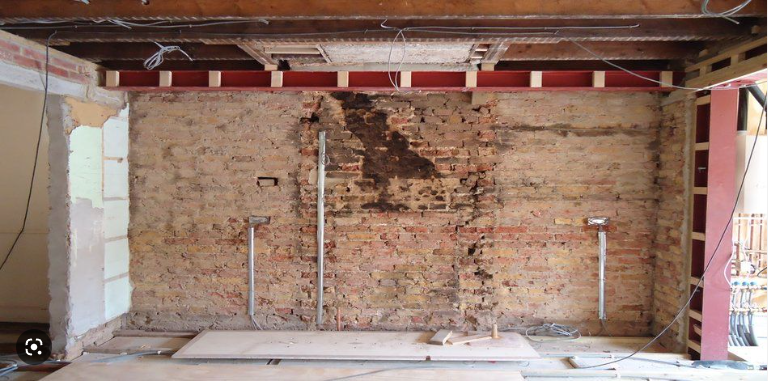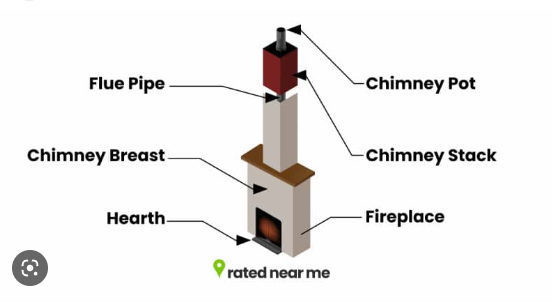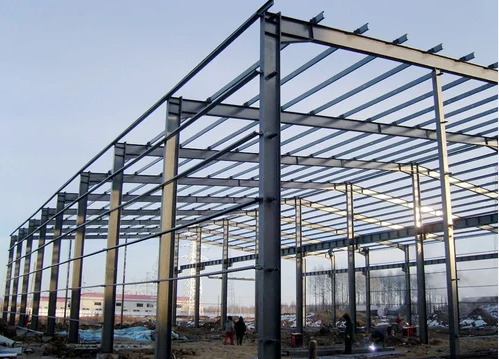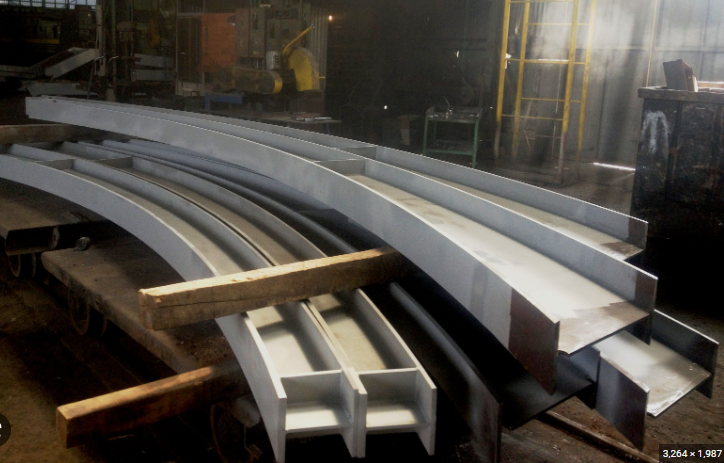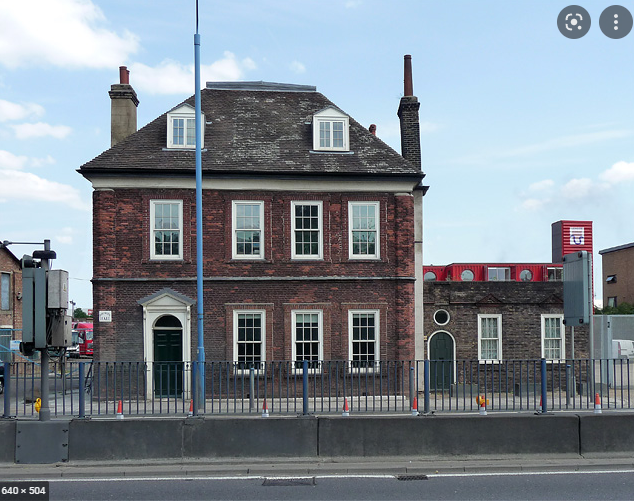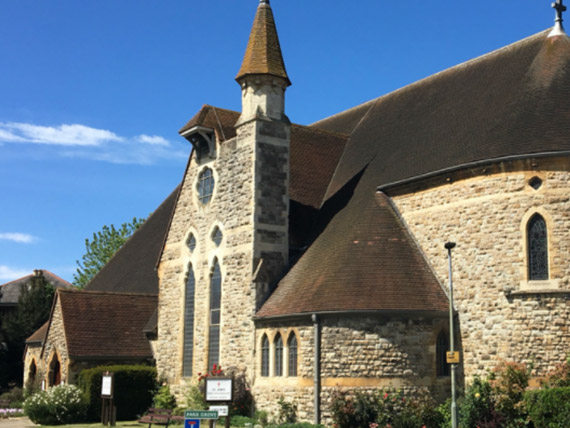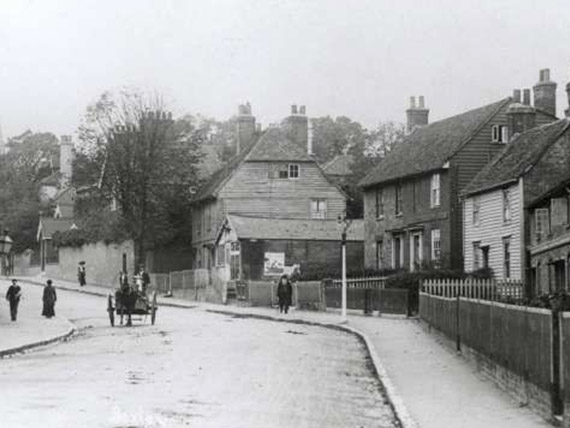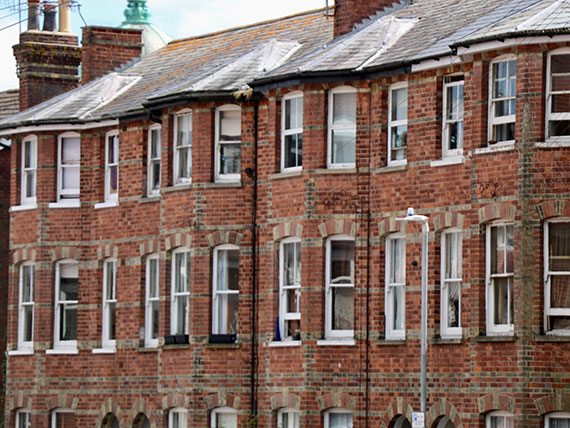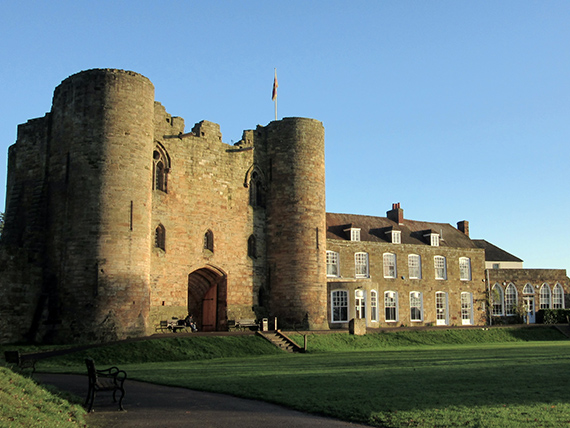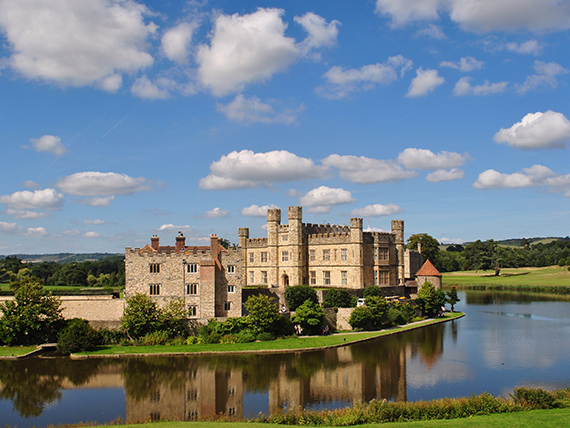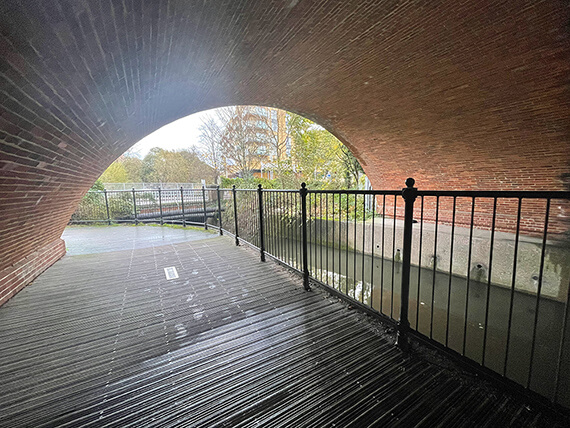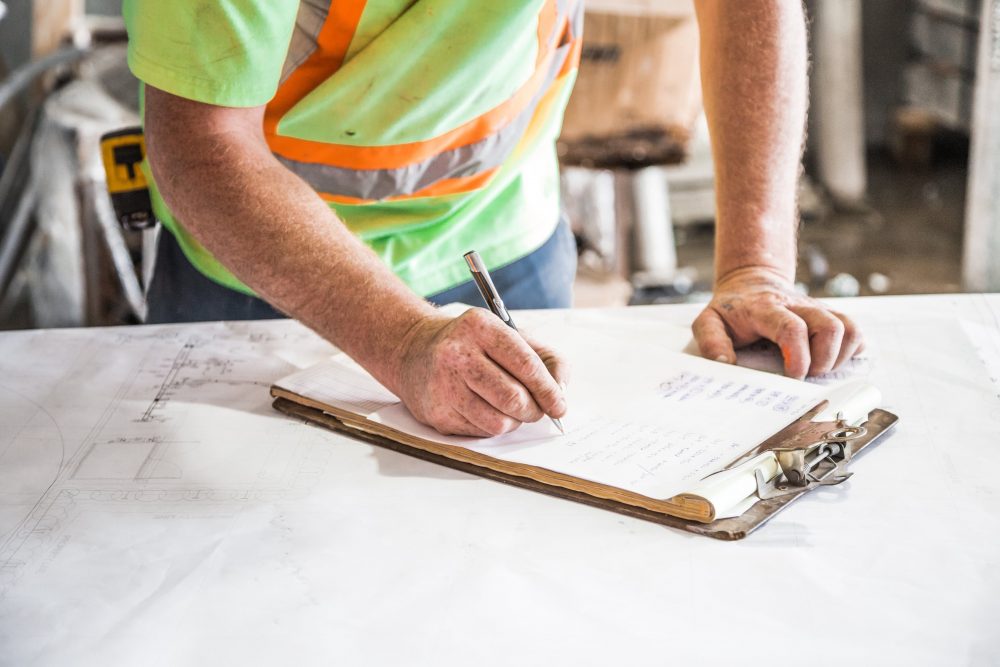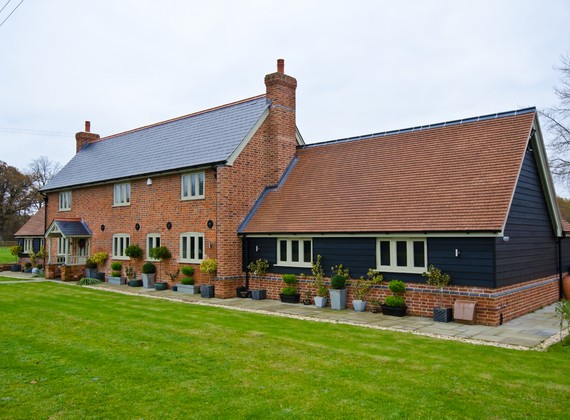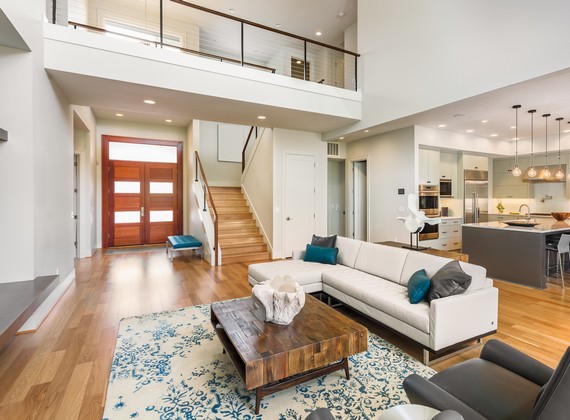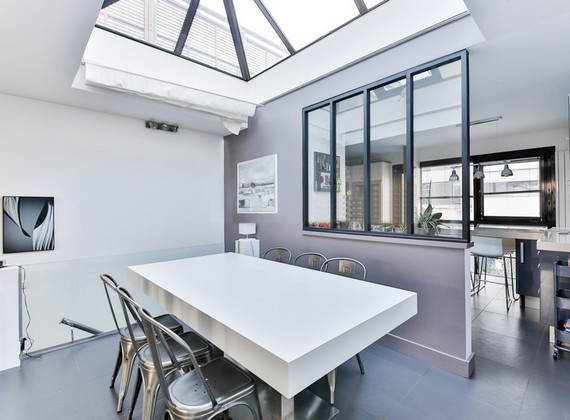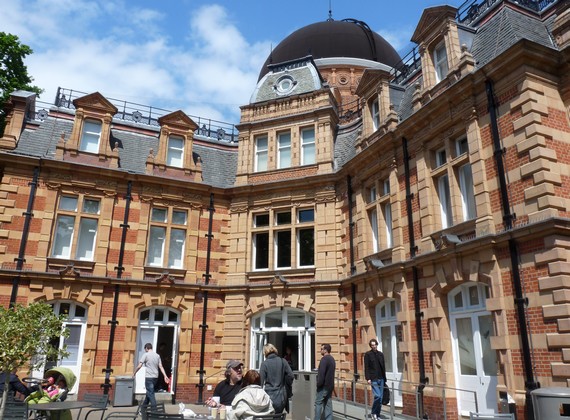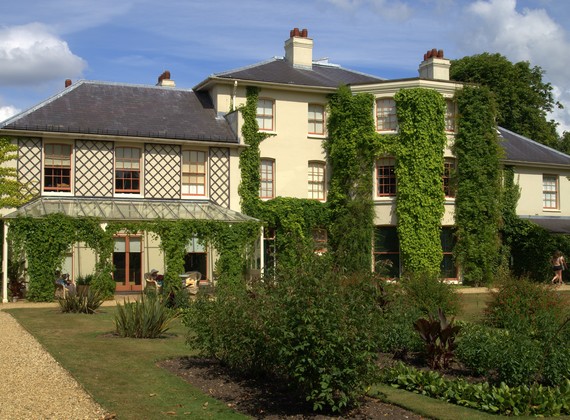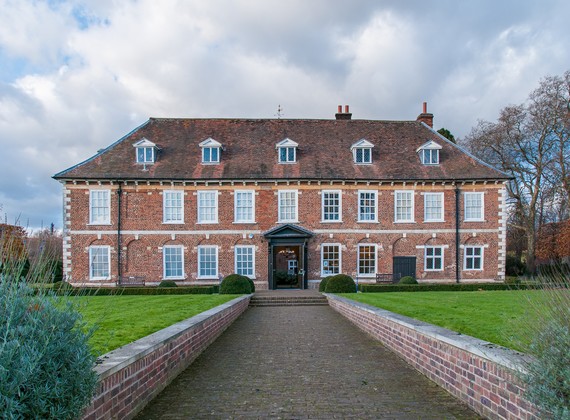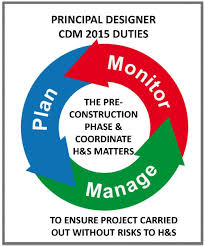Our blog is the perfect place to delve into architectural topics and find out more about tricky subjects such as planning permission.
Will I Need Planning Permission For Knocking Down Internal Walls?
If you’re considering knocking down internal walls in your home in the UK, you may be wondering whether you need planning permission or not. The answer is that it depends on the specifics of your project. In most cases, knocking down internal walls is considered to be ‘permitted development’, which means that you don’t…
Knocking Down Internal Walls Plus Costs And Considerations
Knocking down internal walls can be a great way to open up living spaces, create a more modern look, and improve the flow of natural light throughout your home. However, before you start knocking down walls, there are several important factors you should consider, including cost, safety, and structural integrity. The first consideration when…
Do I Need A Structural Engineer To Remove A Wall
If you’re planning to remove a wall, you may be wondering whether you need a structural engineer. The answer to this question depends on several factors, including the type of wall you’re planning to remove, its location within your home, and the age and construction of your property. In general, if the wall you’re…
What Do Structural Calculations Include
Structural calculations in the UK are an essential part of the design process for any building or structure. These calculations are required to ensure that the structure is safe, stable, and fit for purpose. They are typically carried out by structural engineers who are trained to design and analyse structures and their components. Structural…
How long Do Structural Calculations Take?
The duration of structural calculations for a home extension project can vary depending on the complexity of the project, the size of the extension, and the availability of the structural engineer. In general, structural calculations can take several weeks to complete. The process sometimes typically involves a site visit by a structural engineer to…
Do I Legally Need A Structural Engineer
The need for a structural engineer in the UK depends on the complexity and scale of the construction project. In general, it is not legally required to hire a structural engineer for small-scale residential projects, such as a home renovation or extension. However, if you plan to build a new house or a larger commercial…
Finding The Right Location For A New Build
Finding the right location for a new build construction project is a crucial step in ensuring its success. The right location can impact various aspects of the project, including the cost, design, and functionality of the building. In the UK, there are several factors that must be considered when selecting the location for a new…
Challenges That May Arise During The Construction Process
Building a new construction project in the UK is an exciting venture, but it also comes with its fair share of challenges. In order to ensure a successful outcome, it’s essential to be prepared for and able to handle any obstacles that may arise during the building process. In this article, we’ll take a look…
Things To Consider Before Having A Loft Conversion
When considering a loft conversion, there are several key factors to take into consideration to ensure that the project is completed successfully. Some of the things to look out for include: Structural integrity: Before starting any work, it’s essential to have a professional structural engineer assess the structural integrity of your loft and ensure…
The Benefits Of Loft Conversions
Increased living space: Loft conversions provide extra living space for your family to enjoy, without having to move to a larger home. Increased property value: Loft conversions can significantly increase the value of your home, making them a smart investment. Cost-effectiveness: Loft conversions are often more cost-effective than moving to a larger home…
Planning Permission Requirements For Loft Conversions
In the UK, planning permission is typically required for loft conversions, although there are some exceptions. The requirements for planning permission vary depending on the specifics of the conversion and the type of property being converted. General planning permission requirements for loft conversions in the UK include: The conversion must be in keeping…
Maximising Space In Your Loft Conversion
Maximising space in your loft conversion is essential to ensure that the new living area is comfortable and functional. Here are some tips for maximising space in your loft conversion: Make use of sloped ceilings: The sloped ceilings in a loft can provide additional space for storage or for housing features such as built-in…
Cost-Effectiveness Of A Loft Conversion In The Uk
Loft conversions can be a cost-effective way of increasing living space in the UK. The cost of a loft conversion will depend on several factors, including the size of the loft, the design and materials used, and the complexity of the project. On average, the cost of a loft conversion in the UK ranges from…
Types Of Timber Frames Used in UK Construction
There are various types of timber frames used in UK construction, each with its own unique features and benefits. Here are some of the most common types: Traditional Timber Frames: These are the oldest type of timber frames and are constructed using mortise and tenon joints. The frame is held together using wooden pegs and…
Sustainability Of Timber Frame Construction
Sustainability is a critical issue in the construction industry, and timber frames offer a more sustainable option for building structures in the UK. Timber is a renewable resource, and when sourced responsibly, it can be harvested in a way that promotes forest health and biodiversity. In the UK, most of the timber used for…
Maintenance And Durability Of Timber Frame Construction
Maintenance and durability are important considerations when using timber frames in UK construction. Timber frames can be a durable and long-lasting option when they are designed, constructed, and maintained correctly. One of the key factors in maintaining the durability of a timber frame is protecting it from moisture. Moisture can cause the timber to rot…
Comparison Of Timber Framing To Other Construction Methods
Timber framing is a traditional construction method that has been used for centuries in the UK and around the world. It involves using wooden beams and posts to create the structural framework of a building. Here are some comparisons of timber framing to other construction methods commonly used in the UK: Masonry Construction:…
Benefits Of Timber Frame Construction
Here are some benefits of using timber frames in UK construction: Sustainability: Timber is a renewable resource that can be sustainably sourced, making it a more environmentally friendly option than many other construction materials. Energy Efficiency: Timber frames can provide excellent thermal insulation, resulting in energy savings and a more comfortable living environment.…
The Role of Underpinning In Construction In The UK
Underpinning is a process used in construction to strengthen and stabilize the foundations of an existing building. It is typically used when the original foundations are no longer adequate to support the weight of the building, or when the building is being extended and requires additional support. In the UK, underpinning is regulated by the…
The Role Of Sustainability In Foundation Design
Sustainability has become a crucial aspect of construction and building design in the UK, including foundation design. As the foundation provides the base for the building and is in direct contact with the ground, it is essential to consider the sustainability of the foundation in order to ensure the overall sustainability of the building. …
The Impact Of Ground Movement On Foundations
Ground movement can have a significant impact on the stability and integrity of foundations in construction in the UK. Ground movement can be caused by a variety of factors, including soil settling, subsidence, and changes in ground water levels. If the foundations of a building are not designed to accommodate the ground movement, it can…
The Impact Of Ground Conditions On Foundation Design
Foundation design is one of the most critical stages in the construction of any building. It is the foundation that provides support to the structure and transfers the loads from the building to the ground. In the UK, ground conditions can greatly impact foundation design, and it is essential to consider the ground conditions when…
Different Types Of Foundations Commonly Used In The UK
In the UK, there are several different types of foundations that can be used in construction, depending on the specific requirements of the project. Here are some of the most common types of foundations used in the UK: Strip Foundations: Strip foundations are typically used in low-rise construction and consist of a continuous strip…
Planning Permission Requirements When Removing A Chimney Breast
In the UK, the requirements for obtaining planning permission for removing a chimney breast can vary depending on the type of property and its location. In general, however, if you’re removing a chimney breast in a house that is not listed, you may not need planning permission, but you may need to comply with building…
Party Wall Agreement when Removing A Chimney Breast
In the UK, if you’re planning to remove a chimney breast in a property that you share with another owner (such as a semi-detached or terraced property), you may need to get a Party Wall Agreement in place. The Party Wall etc. Act 1996 sets out the legal framework for the parties involved to…
Building Regulations When Removing A Chimney Stack
When removing a chimney breast in the UK, there are several building regulations that must be followed to ensure the safety and stability of the building. Some of the key building regulations to consider include: Load-Bearing Walls: If the chimney breast is a load-bearing wall, its removal can affect the structural stability of the…
Design Options For Basement Designs
Designing a basement can be a complex process that requires careful consideration of a variety of factors, including the intended use of the space, the size and layout of the property, and the local building codes and regulations. In the UK, there are several design options available for basement designs, including excavation, underpinning, and the…
The Benefits Of Basement Designs
Basement designs have become increasingly popular in the UK as a way to create additional living space and increase the value of a property. Here are some of the key benefits of basement designs in the UK: Increased living space: One of the most significant benefits of basement designs is the ability to create…
Maintenance And Repair Of Basement Designs
In addition to the initial cost of designing and constructing a basement in the UK, it’s important to also consider the ongoing maintenance and repair costs. Some of the main maintenance and repair considerations for basement designs in the UK include: Waterproofing: Regular inspection and maintenance of the waterproofing system is essential to ensure…
Health And safety In Basement Designs
Health and safety is a critical consideration in basement designs in the UK, as basements can pose various risks to the health and safety of occupants. Some of the main health and safety considerations for basement designs in the UK include: Fire safety: Basements can be at a higher risk of fire, as they…
Energy Efficiency In Basement Designs
Energy efficiency is an important consideration in basement designs in the UK, as basements can often be sources of heat loss and air infiltration. To ensure that basement designs are energy efficient, it is important to consider several key factors, including insulation, ventilation, and air sealing. Here is an overview of how to achieve energy…
Wall Removal Time And Cost
The time and cost of an internal knock through and wall removal in UK construction can vary greatly depending on several factors, including: Size of the project: The size of the project, including the size of the wall being removed and the extent of the knock through, will impact the time and cost of…
Wall Removal Structural considerations
When carrying out an internal knock through or wall removal in UK construction, there are several important structural considerations to take into account. Some of these include: Load-bearing walls: Knocking through load-bearing walls can have significant structural implications, and it’s important to consider the impact on the stability of the building. Load-bearing walls support…
Wall Removal Planning and Building Regulations
When having an internal knock through or wall removal in UK construction, it’s important to consider the impact on the electrical and plumbing systems in the building. Some of the key considerations include: Relocation of services: If electrical and plumbing services are located in the wall being removed, they may need to be relocated,…
Wall Removal Electrical And Plumbing Systems
When having an internal knock through or wall removal in UK construction, it’s important to consider the impact on the electrical and plumbing systems in the building. Some of the key considerations include: Relocation of services: If electrical and plumbing services are located in the wall being removed, they may need to be relocated,…
Building Disruption When Removing a wall
Having an internal knock through or wall removal in UK construction can cause significant disruption to the building and its occupants. Some of the main sources of disruption include: Noise: The process of removing a wall can be noisy, and it’s important to consider the impact on the building’s occupants and to take steps to…
Structural survey cost
Structural survey cost: The cost of a pre-purchasing structural survey in the UK can vary depending on the size, age, and location of the property. The type of survey chosen can also affect the cost, as there are different levels of survey available, ranging from a basic condition report to a full building survey.…
Pre-purchase structural survey before purchasing a property
Pre-purchase structural survey before purchasing a property: As a structural engineer, the next steps would involve carrying out a thorough investigation of the structural issues identified in the pre-purchase survey. This would typically involve an on-site inspection of the property, followed by a detailed analysis of the structural elements to determine the extent…
Cracks in walls
Cracks in walls: Cracks in walls can appear for a variety of reasons in the UK, ranging from minor cosmetic issues to more serious structural problems. Understanding the cause of the crack is important, as this will determine the appropriate course of action to remedy the issue. One of the most common reasons…
What is a structural survey?
What is a structural survey? A structural survey is a detailed examination of the physical condition of a building, usually carried out by a professional surveyor or engineer. The purpose of the survey is to assess the integrity and safety of the building’s structure, including its foundation, walls, roof, and other key components. …
Removing a chimney stack cost
Removing a chimney stack cost: The cost of removing a chimney stack in the UK can vary widely depending on several factors, including the size and complexity of the chimney, the location and accessibility of the building, and the methods used for removal. Here are some of the factors that can impact the cost…
Design options for basement designs
Design options for basement designs Designing a basement can be a complex process that requires careful consideration of a variety of factors, including the intended use of the space, the size and layout of the property, and the local building codes and regulations. In the UK, there are several design options available for basement…
Removing a chimney breast cost
Removing a chimney breast cost: The cost of removing a chimney breast can vary greatly depending on several factors, including the size and complexity of the chimney, the location and accessibility of the building, and the methods used for removal. Here are some of the factors that can impact the cost of removing a…
The difference between a chimney stack and chimney breast
Difference between chimney stack and chimney breast In the UK, the terms “chimney stack” and “chimney breast” refer to different parts of a chimney system. A chimney stack is the entire structure that rises above the roof of a building and includes the chimney flue, which is the interior space through which smoke…
Steel frame buildings
Steel frame buildings, also known as steel-framed structures, are an increasingly popular construction method that utilizes steel as the primary load-bearing structure. This type of construction offers a number of benefits over traditional building methods, such as wood frame construction, making it a popular choice for commercial, industrial, and residential projects. One of the main…
The importance of structural engineering in ensuring building safety and longevity
Structural engineering is a critical component in the design and construction of buildings and structures. Its primary aim is to ensure that the building is safe, stable, and able to withstand the various loads and forces that it will encounter during its lifetime. A well-designed and properly executed structural system is essential for ensuring the…
Curved steel beams
Curved steel beams are a type of structural steel element that are designed to have a curved shape, as opposed to the traditional straight or linear shape of most steel beams. These curved steel beams are used in a variety of building and construction projects, including bridges, arches, and other structures that require a curved…
Why Choose Architects and Architectural Designers in Maidstone?
Situated in the East of England, Maidstone belongs to the county of Kent, of which being the biggest borough inside of it. As a town, it was granted in 1549, booming with Norman and Tudor architecture and structures from the Middle Ages. Built mostly with stone, flint and brick, the resistant framework has stayed for…
Why Choose Architects and Architectural Designers in Dartford?
Located just Southeast of Central London and sat adjoining the borough of Bexley, Dartford is a widespread settlement housing over 112,000 people. With multitudes of historic architecture, Dartford is a place where mixing archival structures within a modernistic city is widely common. If you live within Dartford, you will most likely live near or in…
Why Choose Architects and Architectural Designers in Bromley?
Bromley is known for its expansive types of architectural styles. By area, Bromley is the largest borough in Greater London and one of the most rural. When having a home extension, there are many factors to consider which aren’t typically discussed. Onwards of April 2022, the London Borough of Bromley have made altercations to general…
Why Choose Architects and Architectural Designers in Bexley?
Bexley, or otherwise known as Bexley Village or Old Bexley is in the southeast of Greater London. It holds historic features which are still a main attraction to this day and houses residents within the borough. It is also within the Metropolitan Green Belt which wraps around London, ensuring the city does not turn into…
The qualifications architectural companies and architects need to have in Maidstone
When you are looking to hire someone to work on your home you want to be sure that you are hiring the right team for the job. One which has qualified and experienced staff who will understand what you need and deliver to a high standard. So if you live in, say, Maidstone and are…
Why architectural companies and architects are important for your planning application in Bromley
Are you planning to make changes to your home in and around Bromley? Then you may need to submit a planning application. You may be able to make smaller changes to your home under permitted development rules, even some extensions or conversions. For most, though, and certainly for larger projects, you will need to submit…
How architectural companies and architects in Bexley help with modern and traditional designs on your home improvement project
One of the things that makes the South East unique is its blend of architectural styles. Our country’s rich history is clearly seen in the buildings around us – their location, design, materials and even their size. Bexley is a good example of this combination of traditional and modern design styles. So when it comes…
Architecture to see in Royal Tunbridge Wells while visiting
Visiting Royal Tunbridge Wells is a feast for the eyes and a walk back through history – particularly if you like architecture. Originally established in the early 17th century, it grew around the iron-rich chalybeate mineral waters spring, touted for its healing properties. What began as a spa town, took on Royal status and is…
The architecture in Tonbridge seen on a walk around the town
Often mistaken for its more famous neighbour, Royal Tunbridge Wells, the market town of Tonbridge has its own important part to play in history. The older of the two settlements, it has its own architectural style. While it may not be as glamorous as its southern neighbour, it is well worth exploring. Start at today’s…
How the architecture in Sevenoaks has changed over the last few hundred years
The first record of a town at Sevenoaks dates to the 13th century when it attained its charter as a market town. Since then, the architecture in Sevenoaks illustrates the town’s history through various building styles and materials. Over the last few hundred years, Sevenoaks shows off its history from the medieval Knole House to…
How the number of new homes built has changed the architecture in Maidstone
Maidstone is one of Kent’s growing towns, one with the highest number of new houses built over the last few years. For a town with a rich history, such growth and change will inevitably be visible through its architecture. In this article we explore the architecture in Maidstone and consider how it has changed over…
The architecture in Dartford
For many Dartford is synonymous with the Dartford Crossing, a marvel of design and engineering spanning the River Thames. For others it is a commuter town, its proximity to central London making it an ideal location in which to live. However, what many do not know is that Dartford’s history is as rich as that…
8 things to look out for to weed out the cowboy builders
There are thousands of building contractors out there. While most of them will be do a fine job, how can you tell the good from the bad? How do you spot a cowboy builder and avoid hiring them so that you don’t end up with a half-finished home and a second mortgage to put it…
8 things to look for in a good builder
Embarking on a new home build project or extension to your home? Congratulations! We know what an exciting time this can be and would hazard a guess that it’s been something you’ve been thinking about and planning for a while now. These things can take time to happen – between imaging how it could look…
What to consider when planning an annex
Everyone wants to have their independence, no matter how young or old they may be. Teenagers can’t wait to get their first taste of it and older parents stubbornly refuse to give theirs up. Sound familiar? The number of annexes for elderly parents is increasing, particularly in boroughs such as Bromley, Bexley and Greenwich where…
How to design the ideal open plan extension for your home
Open-plan living is increasingly popular as homeowners look to maximise their living space in the most cost-effective way they can. Moving home to get more space or a more modern home isn’t as easy as it used to be. Costs can quickly escalate, stress levels rise, and you may not want to leave a neighbourhood…
What is the best place for a roof lantern?
Letting in more light is something that many of us think about, particularly during the dreary, darker months. Some homes don’t get much to start with while others may have had a new extension added which resulted in some darker internal areas. Whatever the reasons for a darker home, roof lanterns are an excellent way…
Architecture in Greenwich
Think about Greenwich and the first thing that will pop into your mind will most likely be the National Maritime Museum building. It is a world-famous UNESCO World Heritage Site, and while it seems to dominate the architecture around Greenwich there is far more to the borough’s architectural history than just its famous museums and…
Architecture in Bromley
When you hear about Charles Darwin the first place that comes to mind is probably the Galapagos Islands. This is where he worked on his theory of natural selection while observing what are now the famous Darwin finches. But what does Darwin have to do with architecture in Bromley? Down House, on the edge of…
Architecture in Bexley
Look around you in Bexley Village and the first thing you will spot will likely be St Mary’s Church. Similarly, wander up towards Bexleyheath and you can’t miss Danson House and Stables – a Grade I listed Georgian mansion. Around it, a variety of architectural styles runs the gamut of design. Across the borough, the…
What is permitted Development?
If you are considering starting a construction project on your home and you’ve started carrying out some research, you might well have come across the term permitted development. To put it simply, permitted development is the building work that you are allowed to carry out on your premises without the need for prior planning consent.…
Will I Need Planning Permission For Knocking Down Internal Walls?
If you’re considering knocking down internal walls in your home in the UK, you may be wondering whether you need planning permission or not. The answer is that it depends on the specifics of your project. In most cases, knocking down internal walls is considered to be ‘permitted development’, which means that you don’t…
Knocking Down Internal Walls Plus Costs And Considerations
Knocking down internal walls can be a great way to open up living spaces, create a more modern look, and improve the flow of natural light throughout your home. However, before you start knocking down walls, there are several important factors you should consider, including cost, safety, and structural integrity. The first consideration when…
Do I Need A Structural Engineer To Remove A Wall
If you’re planning to remove a wall, you may be wondering whether you need a structural engineer. The answer to this question depends on several factors, including the type of wall you’re planning to remove, its location within your home, and the age and construction of your property. In general, if the wall you’re…
What Do Structural Calculations Include
Structural calculations in the UK are an essential part of the design process for any building or structure. These calculations are required to ensure that the structure is safe, stable, and fit for purpose. They are typically carried out by structural engineers who are trained to design and analyse structures and their components. Structural…
How long Do Structural Calculations Take?
The duration of structural calculations for a home extension project can vary depending on the complexity of the project, the size of the extension, and the availability of the structural engineer. In general, structural calculations can take several weeks to complete. The process sometimes typically involves a site visit by a structural engineer to…
Do I Legally Need A Structural Engineer
The need for a structural engineer in the UK depends on the complexity and scale of the construction project. In general, it is not legally required to hire a structural engineer for small-scale residential projects, such as a home renovation or extension. However, if you plan to build a new house or a larger commercial…
Finding The Right Location For A New Build
Finding the right location for a new build construction project is a crucial step in ensuring its success. The right location can impact various aspects of the project, including the cost, design, and functionality of the building. In the UK, there are several factors that must be considered when selecting the location for a new…
Challenges That May Arise During The Construction Process
Building a new construction project in the UK is an exciting venture, but it also comes with its fair share of challenges. In order to ensure a successful outcome, it’s essential to be prepared for and able to handle any obstacles that may arise during the building process. In this article, we’ll take a look…
Things To Consider Before Having A Loft Conversion
When considering a loft conversion, there are several key factors to take into consideration to ensure that the project is completed successfully. Some of the things to look out for include: Structural integrity: Before starting any work, it’s essential to have a professional structural engineer assess the structural integrity of your loft and ensure…
The Benefits Of Loft Conversions
Increased living space: Loft conversions provide extra living space for your family to enjoy, without having to move to a larger home. Increased property value: Loft conversions can significantly increase the value of your home, making them a smart investment. Cost-effectiveness: Loft conversions are often more cost-effective than moving to a larger home…
Planning Permission Requirements For Loft Conversions
In the UK, planning permission is typically required for loft conversions, although there are some exceptions. The requirements for planning permission vary depending on the specifics of the conversion and the type of property being converted. General planning permission requirements for loft conversions in the UK include: The conversion must be in keeping…
Maximising Space In Your Loft Conversion
Maximising space in your loft conversion is essential to ensure that the new living area is comfortable and functional. Here are some tips for maximising space in your loft conversion: Make use of sloped ceilings: The sloped ceilings in a loft can provide additional space for storage or for housing features such as built-in…
Cost-Effectiveness Of A Loft Conversion In The Uk
Loft conversions can be a cost-effective way of increasing living space in the UK. The cost of a loft conversion will depend on several factors, including the size of the loft, the design and materials used, and the complexity of the project. On average, the cost of a loft conversion in the UK ranges from…
Types Of Timber Frames Used in UK Construction
There are various types of timber frames used in UK construction, each with its own unique features and benefits. Here are some of the most common types: Traditional Timber Frames: These are the oldest type of timber frames and are constructed using mortise and tenon joints. The frame is held together using wooden pegs and…
Sustainability Of Timber Frame Construction
Sustainability is a critical issue in the construction industry, and timber frames offer a more sustainable option for building structures in the UK. Timber is a renewable resource, and when sourced responsibly, it can be harvested in a way that promotes forest health and biodiversity. In the UK, most of the timber used for…
Maintenance And Durability Of Timber Frame Construction
Maintenance and durability are important considerations when using timber frames in UK construction. Timber frames can be a durable and long-lasting option when they are designed, constructed, and maintained correctly. One of the key factors in maintaining the durability of a timber frame is protecting it from moisture. Moisture can cause the timber to rot…
Comparison Of Timber Framing To Other Construction Methods
Timber framing is a traditional construction method that has been used for centuries in the UK and around the world. It involves using wooden beams and posts to create the structural framework of a building. Here are some comparisons of timber framing to other construction methods commonly used in the UK: Masonry Construction:…
Benefits Of Timber Frame Construction
Here are some benefits of using timber frames in UK construction: Sustainability: Timber is a renewable resource that can be sustainably sourced, making it a more environmentally friendly option than many other construction materials. Energy Efficiency: Timber frames can provide excellent thermal insulation, resulting in energy savings and a more comfortable living environment.…
The Role of Underpinning In Construction In The UK
Underpinning is a process used in construction to strengthen and stabilize the foundations of an existing building. It is typically used when the original foundations are no longer adequate to support the weight of the building, or when the building is being extended and requires additional support. In the UK, underpinning is regulated by the…
The Role Of Sustainability In Foundation Design
Sustainability has become a crucial aspect of construction and building design in the UK, including foundation design. As the foundation provides the base for the building and is in direct contact with the ground, it is essential to consider the sustainability of the foundation in order to ensure the overall sustainability of the building. …
The Impact Of Ground Movement On Foundations
Ground movement can have a significant impact on the stability and integrity of foundations in construction in the UK. Ground movement can be caused by a variety of factors, including soil settling, subsidence, and changes in ground water levels. If the foundations of a building are not designed to accommodate the ground movement, it can…
The Impact Of Ground Conditions On Foundation Design
Foundation design is one of the most critical stages in the construction of any building. It is the foundation that provides support to the structure and transfers the loads from the building to the ground. In the UK, ground conditions can greatly impact foundation design, and it is essential to consider the ground conditions when…
Different Types Of Foundations Commonly Used In The UK
In the UK, there are several different types of foundations that can be used in construction, depending on the specific requirements of the project. Here are some of the most common types of foundations used in the UK: Strip Foundations: Strip foundations are typically used in low-rise construction and consist of a continuous strip…
Planning Permission Requirements When Removing A Chimney Breast
In the UK, the requirements for obtaining planning permission for removing a chimney breast can vary depending on the type of property and its location. In general, however, if you’re removing a chimney breast in a house that is not listed, you may not need planning permission, but you may need to comply with building…
Party Wall Agreement when Removing A Chimney Breast
In the UK, if you’re planning to remove a chimney breast in a property that you share with another owner (such as a semi-detached or terraced property), you may need to get a Party Wall Agreement in place. The Party Wall etc. Act 1996 sets out the legal framework for the parties involved to…
Building Regulations When Removing A Chimney Stack
When removing a chimney breast in the UK, there are several building regulations that must be followed to ensure the safety and stability of the building. Some of the key building regulations to consider include: Load-Bearing Walls: If the chimney breast is a load-bearing wall, its removal can affect the structural stability of the…
Design Options For Basement Designs
Designing a basement can be a complex process that requires careful consideration of a variety of factors, including the intended use of the space, the size and layout of the property, and the local building codes and regulations. In the UK, there are several design options available for basement designs, including excavation, underpinning, and the…
The Benefits Of Basement Designs
Basement designs have become increasingly popular in the UK as a way to create additional living space and increase the value of a property. Here are some of the key benefits of basement designs in the UK: Increased living space: One of the most significant benefits of basement designs is the ability to create…
Maintenance And Repair Of Basement Designs
In addition to the initial cost of designing and constructing a basement in the UK, it’s important to also consider the ongoing maintenance and repair costs. Some of the main maintenance and repair considerations for basement designs in the UK include: Waterproofing: Regular inspection and maintenance of the waterproofing system is essential to ensure…
Health And safety In Basement Designs
Health and safety is a critical consideration in basement designs in the UK, as basements can pose various risks to the health and safety of occupants. Some of the main health and safety considerations for basement designs in the UK include: Fire safety: Basements can be at a higher risk of fire, as they…
Energy Efficiency In Basement Designs
Energy efficiency is an important consideration in basement designs in the UK, as basements can often be sources of heat loss and air infiltration. To ensure that basement designs are energy efficient, it is important to consider several key factors, including insulation, ventilation, and air sealing. Here is an overview of how to achieve energy…
Wall Removal Time And Cost
The time and cost of an internal knock through and wall removal in UK construction can vary greatly depending on several factors, including: Size of the project: The size of the project, including the size of the wall being removed and the extent of the knock through, will impact the time and cost of…
Wall Removal Structural considerations
When carrying out an internal knock through or wall removal in UK construction, there are several important structural considerations to take into account. Some of these include: Load-bearing walls: Knocking through load-bearing walls can have significant structural implications, and it’s important to consider the impact on the stability of the building. Load-bearing walls support…
Wall Removal Planning and Building Regulations
When having an internal knock through or wall removal in UK construction, it’s important to consider the impact on the electrical and plumbing systems in the building. Some of the key considerations include: Relocation of services: If electrical and plumbing services are located in the wall being removed, they may need to be relocated,…
Wall Removal Electrical And Plumbing Systems
When having an internal knock through or wall removal in UK construction, it’s important to consider the impact on the electrical and plumbing systems in the building. Some of the key considerations include: Relocation of services: If electrical and plumbing services are located in the wall being removed, they may need to be relocated,…
Building Disruption When Removing a wall
Having an internal knock through or wall removal in UK construction can cause significant disruption to the building and its occupants. Some of the main sources of disruption include: Noise: The process of removing a wall can be noisy, and it’s important to consider the impact on the building’s occupants and to take steps to…
Structural survey cost
Structural survey cost: The cost of a pre-purchasing structural survey in the UK can vary depending on the size, age, and location of the property. The type of survey chosen can also affect the cost, as there are different levels of survey available, ranging from a basic condition report to a full building survey.…
Pre-purchase structural survey before purchasing a property
Pre-purchase structural survey before purchasing a property: As a structural engineer, the next steps would involve carrying out a thorough investigation of the structural issues identified in the pre-purchase survey. This would typically involve an on-site inspection of the property, followed by a detailed analysis of the structural elements to determine the extent…
Cracks in walls
Cracks in walls: Cracks in walls can appear for a variety of reasons in the UK, ranging from minor cosmetic issues to more serious structural problems. Understanding the cause of the crack is important, as this will determine the appropriate course of action to remedy the issue. One of the most common reasons…
What is a structural survey?
What is a structural survey? A structural survey is a detailed examination of the physical condition of a building, usually carried out by a professional surveyor or engineer. The purpose of the survey is to assess the integrity and safety of the building’s structure, including its foundation, walls, roof, and other key components. …
Removing a chimney stack cost
Removing a chimney stack cost: The cost of removing a chimney stack in the UK can vary widely depending on several factors, including the size and complexity of the chimney, the location and accessibility of the building, and the methods used for removal. Here are some of the factors that can impact the cost…
Design options for basement designs
Design options for basement designs Designing a basement can be a complex process that requires careful consideration of a variety of factors, including the intended use of the space, the size and layout of the property, and the local building codes and regulations. In the UK, there are several design options available for basement…
Removing a chimney breast cost
Removing a chimney breast cost: The cost of removing a chimney breast can vary greatly depending on several factors, including the size and complexity of the chimney, the location and accessibility of the building, and the methods used for removal. Here are some of the factors that can impact the cost of removing a…
The difference between a chimney stack and chimney breast
Difference between chimney stack and chimney breast In the UK, the terms “chimney stack” and “chimney breast” refer to different parts of a chimney system. A chimney stack is the entire structure that rises above the roof of a building and includes the chimney flue, which is the interior space through which smoke…
Steel frame buildings
Steel frame buildings, also known as steel-framed structures, are an increasingly popular construction method that utilizes steel as the primary load-bearing structure. This type of construction offers a number of benefits over traditional building methods, such as wood frame construction, making it a popular choice for commercial, industrial, and residential projects. One of the main…
The importance of structural engineering in ensuring building safety and longevity
Structural engineering is a critical component in the design and construction of buildings and structures. Its primary aim is to ensure that the building is safe, stable, and able to withstand the various loads and forces that it will encounter during its lifetime. A well-designed and properly executed structural system is essential for ensuring the…
Curved steel beams
Curved steel beams are a type of structural steel element that are designed to have a curved shape, as opposed to the traditional straight or linear shape of most steel beams. These curved steel beams are used in a variety of building and construction projects, including bridges, arches, and other structures that require a curved…
Why Choose Architects and Architectural Designers in Maidstone?
Situated in the East of England, Maidstone belongs to the county of Kent, of which being the biggest borough inside of it. As a town, it was granted in 1549, booming with Norman and Tudor architecture and structures from the Middle Ages. Built mostly with stone, flint and brick, the resistant framework has stayed for…
Why Choose Architects and Architectural Designers in Dartford?
Located just Southeast of Central London and sat adjoining the borough of Bexley, Dartford is a widespread settlement housing over 112,000 people. With multitudes of historic architecture, Dartford is a place where mixing archival structures within a modernistic city is widely common. If you live within Dartford, you will most likely live near or in…
Why Choose Architects and Architectural Designers in Bromley?
Bromley is known for its expansive types of architectural styles. By area, Bromley is the largest borough in Greater London and one of the most rural. When having a home extension, there are many factors to consider which aren’t typically discussed. Onwards of April 2022, the London Borough of Bromley have made altercations to general…
Why Choose Architects and Architectural Designers in Bexley?
Bexley, or otherwise known as Bexley Village or Old Bexley is in the southeast of Greater London. It holds historic features which are still a main attraction to this day and houses residents within the borough. It is also within the Metropolitan Green Belt which wraps around London, ensuring the city does not turn into…
The qualifications architectural companies and architects need to have in Maidstone
When you are looking to hire someone to work on your home you want to be sure that you are hiring the right team for the job. One which has qualified and experienced staff who will understand what you need and deliver to a high standard. So if you live in, say, Maidstone and are…
Why architectural companies and architects are important for your planning application in Bromley
Are you planning to make changes to your home in and around Bromley? Then you may need to submit a planning application. You may be able to make smaller changes to your home under permitted development rules, even some extensions or conversions. For most, though, and certainly for larger projects, you will need to submit…
How architectural companies and architects in Bexley help with modern and traditional designs on your home improvement project
One of the things that makes the South East unique is its blend of architectural styles. Our country’s rich history is clearly seen in the buildings around us – their location, design, materials and even their size. Bexley is a good example of this combination of traditional and modern design styles. So when it comes…
Architecture to see in Royal Tunbridge Wells while visiting
Visiting Royal Tunbridge Wells is a feast for the eyes and a walk back through history – particularly if you like architecture. Originally established in the early 17th century, it grew around the iron-rich chalybeate mineral waters spring, touted for its healing properties. What began as a spa town, took on Royal status and is…
The architecture in Tonbridge seen on a walk around the town
Often mistaken for its more famous neighbour, Royal Tunbridge Wells, the market town of Tonbridge has its own important part to play in history. The older of the two settlements, it has its own architectural style. While it may not be as glamorous as its southern neighbour, it is well worth exploring. Start at today’s…
How the architecture in Sevenoaks has changed over the last few hundred years
The first record of a town at Sevenoaks dates to the 13th century when it attained its charter as a market town. Since then, the architecture in Sevenoaks illustrates the town’s history through various building styles and materials. Over the last few hundred years, Sevenoaks shows off its history from the medieval Knole House to…
How the number of new homes built has changed the architecture in Maidstone
Maidstone is one of Kent’s growing towns, one with the highest number of new houses built over the last few years. For a town with a rich history, such growth and change will inevitably be visible through its architecture. In this article we explore the architecture in Maidstone and consider how it has changed over…
The architecture in Dartford
For many Dartford is synonymous with the Dartford Crossing, a marvel of design and engineering spanning the River Thames. For others it is a commuter town, its proximity to central London making it an ideal location in which to live. However, what many do not know is that Dartford’s history is as rich as that…
8 things to look out for to weed out the cowboy builders
There are thousands of building contractors out there. While most of them will be do a fine job, how can you tell the good from the bad? How do you spot a cowboy builder and avoid hiring them so that you don’t end up with a half-finished home and a second mortgage to put it…
8 things to look for in a good builder
Embarking on a new home build project or extension to your home? Congratulations! We know what an exciting time this can be and would hazard a guess that it’s been something you’ve been thinking about and planning for a while now. These things can take time to happen – between imaging how it could look…
What to consider when planning an annex
Everyone wants to have their independence, no matter how young or old they may be. Teenagers can’t wait to get their first taste of it and older parents stubbornly refuse to give theirs up. Sound familiar? The number of annexes for elderly parents is increasing, particularly in boroughs such as Bromley, Bexley and Greenwich where…
How to design the ideal open plan extension for your home
Open-plan living is increasingly popular as homeowners look to maximise their living space in the most cost-effective way they can. Moving home to get more space or a more modern home isn’t as easy as it used to be. Costs can quickly escalate, stress levels rise, and you may not want to leave a neighbourhood…
What is the best place for a roof lantern?
Letting in more light is something that many of us think about, particularly during the dreary, darker months. Some homes don’t get much to start with while others may have had a new extension added which resulted in some darker internal areas. Whatever the reasons for a darker home, roof lanterns are an excellent way…
Architecture in Greenwich
Think about Greenwich and the first thing that will pop into your mind will most likely be the National Maritime Museum building. It is a world-famous UNESCO World Heritage Site, and while it seems to dominate the architecture around Greenwich there is far more to the borough’s architectural history than just its famous museums and…
Architecture in Bromley
When you hear about Charles Darwin the first place that comes to mind is probably the Galapagos Islands. This is where he worked on his theory of natural selection while observing what are now the famous Darwin finches. But what does Darwin have to do with architecture in Bromley? Down House, on the edge of…
Architecture in Bexley
Look around you in Bexley Village and the first thing you will spot will likely be St Mary’s Church. Similarly, wander up towards Bexleyheath and you can’t miss Danson House and Stables – a Grade I listed Georgian mansion. Around it, a variety of architectural styles runs the gamut of design. Across the borough, the…
What is permitted Development?
If you are considering starting a construction project on your home and you’ve started carrying out some research, you might well have come across the term permitted development. To put it simply, permitted development is the building work that you are allowed to carry out on your premises without the need for prior planning consent.…
Ask us anything about architecture and building consultancy.
We’re ready to advise.


